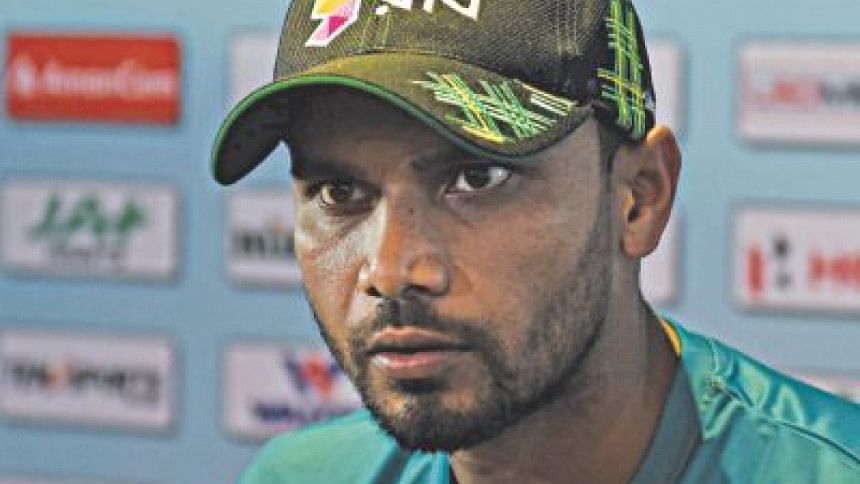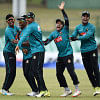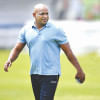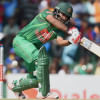Let's have more of the same: Mash

After the doldrums of the New Zealand series, it seems that it has taken just one match to turn Bangladesh's ODI team around this season.
Without engaging in hyperbole, it can be said that Bangladesh have put in their best performance since returning to cricket last September-October with the Afghanistan and England ODIs.
But even in those two series -- won 2-1 against Afghanistan and lost by the same margin against England -- there was much to be desired from Bangladesh's performances such as capitalising on top-order starts, finishing their innings strongly and taking every chance on the field.
All those problems seemed to have been solved in the first ODI. Not only did Tamim Iqbal and Shakib Al Hasan carry on with their starts, they took 90 runs in their last seven overs thanks in large part to Mosaddek Hossain and Mahmudullah Riyad, before hunting the Sri Lankans with a near flawless bowling and fielding display.
Today, when they take the field for the second ODI at the Rangiri Dambulla International Stadium at 3:00pm (Bangladesh time), they will be standing on the brink of a first away series win over a higher-ranked, near-full-strength side with a match in hand.
Bangladesh had only ever won an away series against a team other than Zimbabwe once, when West Indies were forced to field a second-string team due to contract disputes in 2009. Today, however, there is every reason to believe that Bangladesh can notch another first, because since their first Test win against Sri Lanka, completed on March 19, they have looked like a team that have turned an important corner. So it was no surprise that skipper Mashrafe Bin Mortaza was counting on the team to do the same today.
“There's a chance [to clinch the series today], but for that we have to play the way we played the first match,” Mashrafe said at the pre-match press conference yesterday. “They [Sri Lanka] will try very hard too, since they are 1-0 behind. They will try to push us from the start. They know how to play aggressive cricket.”
In that regard, the play that Sri Lanka seems to have in mind is attacking Bangladesh with seam and swing, having recalled 181-match veteran pacer Nuwan Kulasekara and fellow national pace discard Nuwan Pradeep to the squad. Even though the Sri Lanka management have said that they were brought in as cover for Suranga Lakmal after the pace spearhead had injured his hand trying to stop a Shakib straight hit late in Bangladesh's innings on Saturday, the increased grass on the pitch suggests that pace may be their method of redress today.
But Bangladesh may even have that base covered, if the first ODI is an indication. On a slowish pitch Mashrafe himself had set back Sri Lanka with an economical and incisive first spell, while Taskin Ahmed took the important wicket of opposition skipper Upul Tharanga before Mustafizur Rahman, though expensive by his standards, finished things off with a three-wicket haul.
While Mashrafe was not totally convinced that the pitch would be a seaming one, he was confident that he has the personnel to take advantage in case it is.
“It is very difficult to say, but the confidence is high among the bowlers that are there,” said Mashrafe when asked whether a seaming pitch would be more of a help than a hindrance. “It is difficult to say that it will be good for us, but I believe that we have the ability to adjust to the wicket, so we will prepare in that way.”
But with or without a change in the pitch, the recent shift in Bangladesh's attitude, especially in batting which he identified as their strength in away matches, is what the captain seemed to be looking at.
“I think it is a big lesson for us, the thing I said about batsmen having to learn how to turn 50s and 60s into hundreds,” said Mashrafe replying to a question about the rarity of Bangladesh scoring 300-plus away and Tamim batting out nearly 48 overs for 127.
“Other teams score 300 regularly because one batsman converts fifties into hundreds. 324 is a big stride because of this; if Tamim had scored 50 or 60 and gotten out the score would have stalled at 270 or 280. These 30 or 40 runs are the difference. Even the burst of runs at the end was an effect of that big innings.”












Comments